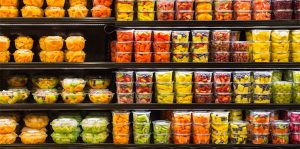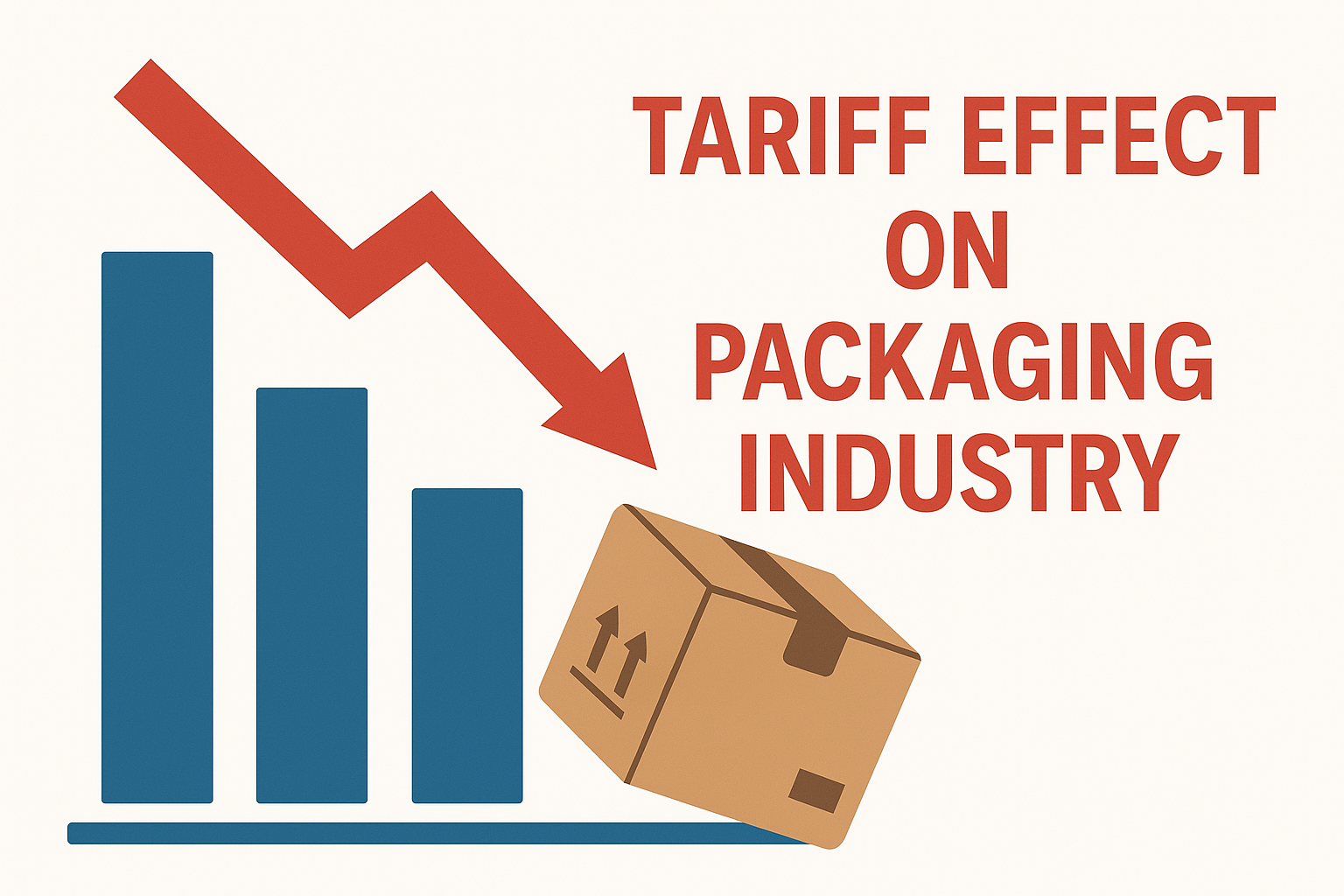
India’s food regulator will soon set new norms for pouches, foil containers, bottles and boxes that are used to package food and beverages to address concerns over contamination arising from sub-standard material and the printing on them. “There will be separate regulations for packaging, for which draft regulations will be out soon,” said Pawan Kumar Agarwal, chief executive of the Food Safety and Standards Authority of India.
Current norms, adopted from Bureau of Indian Standards, focus more on labelling than on packaging. The regulator now plans to frame its own set of benchmarks to ensure that all packaging used in food and drink is safe and can be monitored.
India’s food packaging market is estimated to reach $18 billion in 2020 from $12 billion in 2016, led by fruits and vegetables. The new guidelines will be based on a study conducted by the FSSAI and the Indian Institute of Packaging, an autonomous body operating under the Ministry of Commerce & Industry, on the quality of food packaging material manufactured in the country.
“During the study, we found that 100% of the samples did not pass the tests. In some samples, the colour was coming out of the packaging material.”Director of the Indian Institute of Packaging in Mumbai, NC Saha, said to have submitted the report to FSSAI.
Food packaging materials are a source of contamination and have risk causing behavior due to the presence of harmful metallic substance like lead, arsenic, etc. The spoke’s person with Nestle agrees to follow up with the new packaging norms once they are implemented.
“We have in place strict food quality and packaging norms, including quality checks at the different stages of our manufacturing process.” The organised and unorganised food sectors are in New Delhi, Haryana, Rajasthan, Uttarakhand, Uttar Pradesh, West Bengal, Goa, Madhya Pradesh, Maharashtra, Karnataka and Tamil Nadu for transfer of chemical contaminants into foods.However, packaging technology must balance food protection with other issues, including energy and material costs, heightened social and environmental consciousness, and strict regulations on pollutants and disposal of solid waste.
However, packaging technology must balance food protection with other issues, including energy and material costs, heightened social and environmental consciousness, and strict regulations on pollutants and disposal of solid waste.







